Understanding Bathroom Plumbing
Bathroom plumbing is a critical component of any home, providing functionality and comfort while connecting vital systems for water supply and waste removal. Recognizing the system’s basics, common issues, and when professional intervention is needed can ensure ongoing reliability and reduce the likelihood of significant problems. For those seeking expertly tailored solutions, searching for bathroom plumbing near me brings you closer to local skilled professionals ready to assist.
Basic Components of Bathroom Plumbing
The plumbing system in a bathroom is typically divided into two main components: supply and drain-waste-vent (DWV) systems. Understanding how these components interact and function can provide homeowners with vital insight into preventing and addressing issues.
- Supply Lines: These pipes bring fresh water into the bathroom from the main supply. Usually made from materials like copper, PVC, or PEX, they connect to fixtures such as sinks, toilets, and showers.
- Fixtures: Sinks, toilets, and showers or bathtubs are the visible components of bathroom plumbing. Each fixture has its individual plumbing connections linking it to the supply lines and DWV system.
- Drain-Waste-Vent System: This system is responsible for removing wastewater from fixtures and preventing plumbing issues like blockages or backflow. The venting component allows sewer gases to escape and correctly maintains atmospheric pressure within the pipes.
- Trap: Under each sink and toilet, a trap is installed, usually shaped like a P or an S. This pipe component retains a small amount of water to create a seal, preventing sewer gases from entering living spaces.
Common Plumbing Issues
Homeowners should be aware of common plumbing issues that can arise in the bathroom. Recognizing these early can help mitigate damages and maintain efficient operation.
- Leaky Faucets: Dripping faucets can waste significant amounts of water and may indicate worn-out washers or seals that need replacing.
- Clogged Drains: Hair, soap scum, and other debris can accumulate over time in sink, shower, and tub drains, causing slow drainage or complete blockages.
- Running Toilets: A toilet that continues to run may be caused by a faulty flapper valve or fill valve that requires maintenance or replacement.
- Water Pressure Issues: Low or fluctuating water pressure can stem from various causes, including pipe corrosion or leaks in the supply lines.
Why Professional Help Matters
While some minor issues can be resolved DIY-style, many plumbing problems require specialized knowledge and tools. Professional plumbers possess the expertise to accurately diagnose issues, implement effective solutions, and ensure compliance with local codes, which can ultimately lead to greater reliability and peace of mind.
Attempting DIY repairs without the necessary skills can result in further damage, leaving homeowners with costlier repairs down the line. Additionally, professional services often come with warranties, ensuring that the work completed meets a high standard of quality.
Choosing the Right Bathroom Plumber Near Me
Finding the right bathroom plumber involves evaluating several factors to ensure you get the best service for your needs. A well-informed choice can save you both time and money, and enhance your overall satisfaction with the work performed.
Evaluating Credentials and Experience
Before hiring a plumbing professional, it’s essential to assess their credentials. Check for licenses and certifications, which verify that they have been trained to meet industry standards. Experienced plumbers often have comprehensive knowledge of varied plumbing systems and the ability to handle diverse issues. Look for professionals who have experience with bathroom plumbing specifically, as nuances exist in working with fixtures and fittings.
Assessing Customer Reviews
Customer reviews and testimonials provide invaluable insight into a plumber’s reliability, work ethic, and quality of workmanship. Take the time to read through reviews on various platforms, focusing on comments related to timeliness, professionalism, and post-service support. Pay attention to patterns in feedback, as this can offer a clearer picture of the plumber’s performance overall.
Comparing Estimates and Services
Obtaining detailed estimates from multiple plumbing services allows for easier comparison. This ensures transparency in pricing for both labor and materials. A detailed estimate should outline the costs clearly, helping avoid unexpected charges associated with your plumbing needs.
Emergency Plumbing Services
Bathroom plumbing emergencies can arise unexpectedly, leading to significant damage if not addressed promptly. Understanding when to seek emergency services and how to access them is essential for any homeowner.
Recognizing Plumbing Emergencies
Common signs that professional intervention is urgently needed include
- Severe Leaks or Flooding: Rapid water accumulation indicates a serious issue that requires immediate attention to mitigate damage.
- Blocked Toilets: A toilet that won’t flush can be a major emergency, especially if it’s the only toilet in a household.
- Water Heater Failure: No hot water can significantly disrupt daily activities and may necessitate prompt repairs or replacement.
How to Find 24/7 Assistance
Finding a 24/7 plumbing service often starts by researching local companies. Many plumbing services advertise their availability for emergencies, including a quick response promise. Additionally, word-of-mouth recommendations and online reviews can guide homeowners to reliable options. It’s prudent to have the contact information of a trustworthy plumber saved ahead of time, ensuring easy access when emergencies arise.
Cost Considerations for Emergency Services
Emergency plumbing services can cost more than standard rates due to the after-hours nature of the work and immediate response required. Pricing structures may vary based on the plumbing company’s policies and the specific nature of the emergency. Expect to pay more for immediate service, particularly during holidays or weekends.
DIY Plumbing Tips for Homeowners
While certain plumbing tasks are best left to professionals, some basic maintenance and repairs can easily be handled by homeowners. Implementing proactive practices can prolong the life of your plumbing system.
Basic Maintenance Routines
Routine maintenance is key for healthy plumbing systems. Here are some basic practices to incorporate:
- Regular Inspections: Periodically check for leaks, corrosion, and signs of wear on visible pipes and fixtures. Identifying issues early can prevent minor problems from escalating.
- Drain Cleaning: Regularly clean drains using a solution of baking soda and vinegar to minimize build-up without harsh chemicals.
- Check Pressure: Monitoring water pressure with a gauge can help identify potential issues before they become problematic.
When to Attempt a DIY Repair
Understanding your capabilities is crucial. Simple repairs such as replacing a faucet washer, unclogging drains with a plunger, or tightening loose fittings can be handled without professional help. If resistances arise, such as encountering unfamiliar parts or complex systems, it’s wise to invite a professional to avoid damage and costly repairs.
Tools Every Homeowner Should Have
Equipping your home with basic plumbing tools can simplify maintenance tasks:
- Plunger: Essential for unclogging toilets and drains.
- Pipe Wrench: Important for tightening and loosening plumbing fixtures.
- Adjustable Wrench: Versatile for various plumbing tasks.
- Screwdriver Set: Necessary for fixture installations and repairs.
- Utility Knife: Useful for cutting through tape and tubing.
The Future of Bathroom Plumbing
As technology advances, the plumbing industry is witnessing exciting developments. Homeowners can look forward to more efficient, sustainable, and innovative solutions for their bathroom plumbing needs.
Sustainable Plumbing Solutions
In response to growing environmental concerns, sustainable plumbing solutions are increasingly being adopted. Dual-flush toilets, low-flow faucets, and efficient water heaters are just a few improvements that can significantly reduce water consumption without sacrificing performance. Rainwater harvesting and greywater systems are also gaining traction, allowing homeowners to utilize resources more efficiently and reduce their environmental footprint.
Innovations in Bathroom Technology
Bathroom technology is evolving rapidly, with smart fixtures becoming mainstream. Intelligent showerheads, programmable faucets, and smart toilets that include bidet functions and self-cleaning features are revolutionizing personal hygiene. These innovations offer greater convenience, improved hygiene, and reduced water usage, leading to an overall enhanced bathroom experience.
Trends Shaping the Industry
As the industry continues to evolve, several trends are becoming prominent:
- Focus on Water Conservation: Products that promote water efficiency are becoming the norm.
- Smart Home Integration: Plumbing systems are increasingly being integrated into smart home ecosystems, allowing for remote monitoring and control.
- Healthier Bathrooms: Features such as touchless faucets and self-sanitizing materials are gaining popularity for added hygiene.
As homeowners seek ways to enhance their bathroom experience and maintain sustainable practices, awareness of these trends will prove invaluable for informed decision-making about repairs, renovations, and new installations.
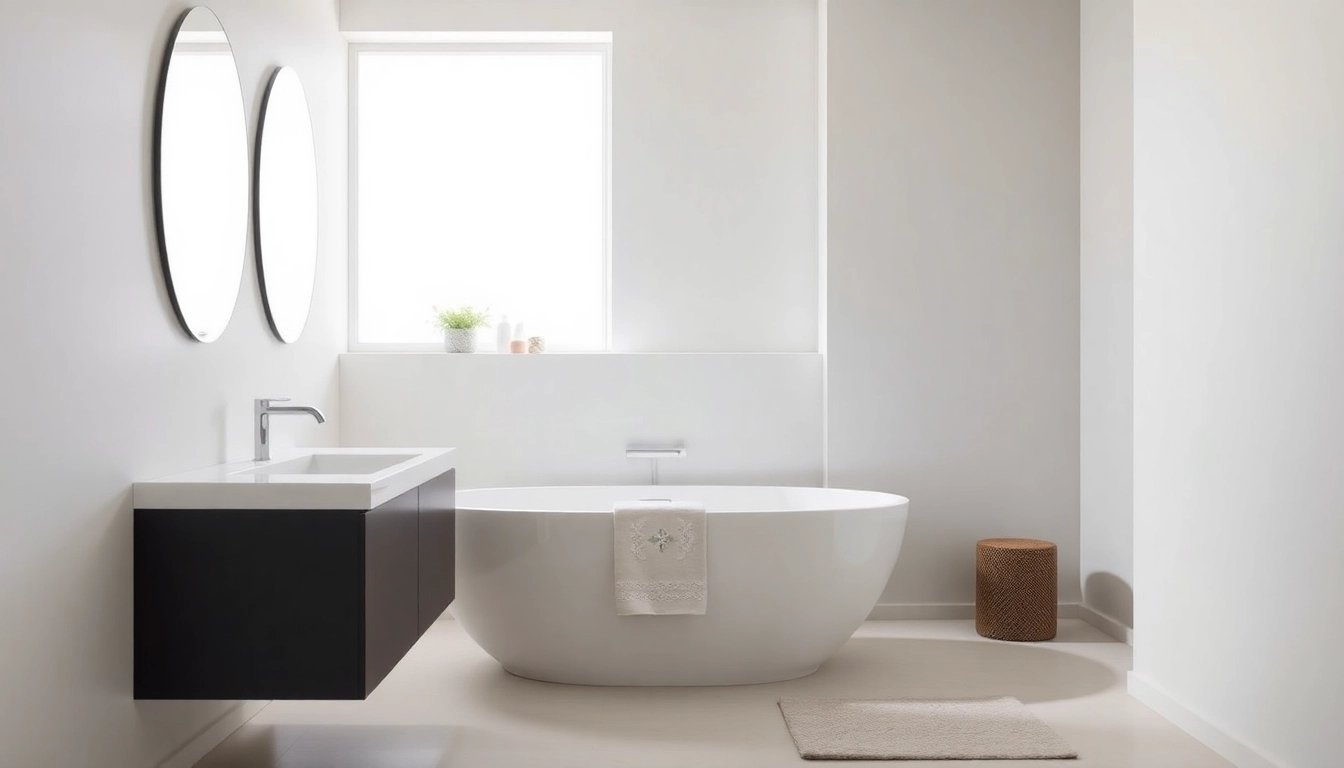
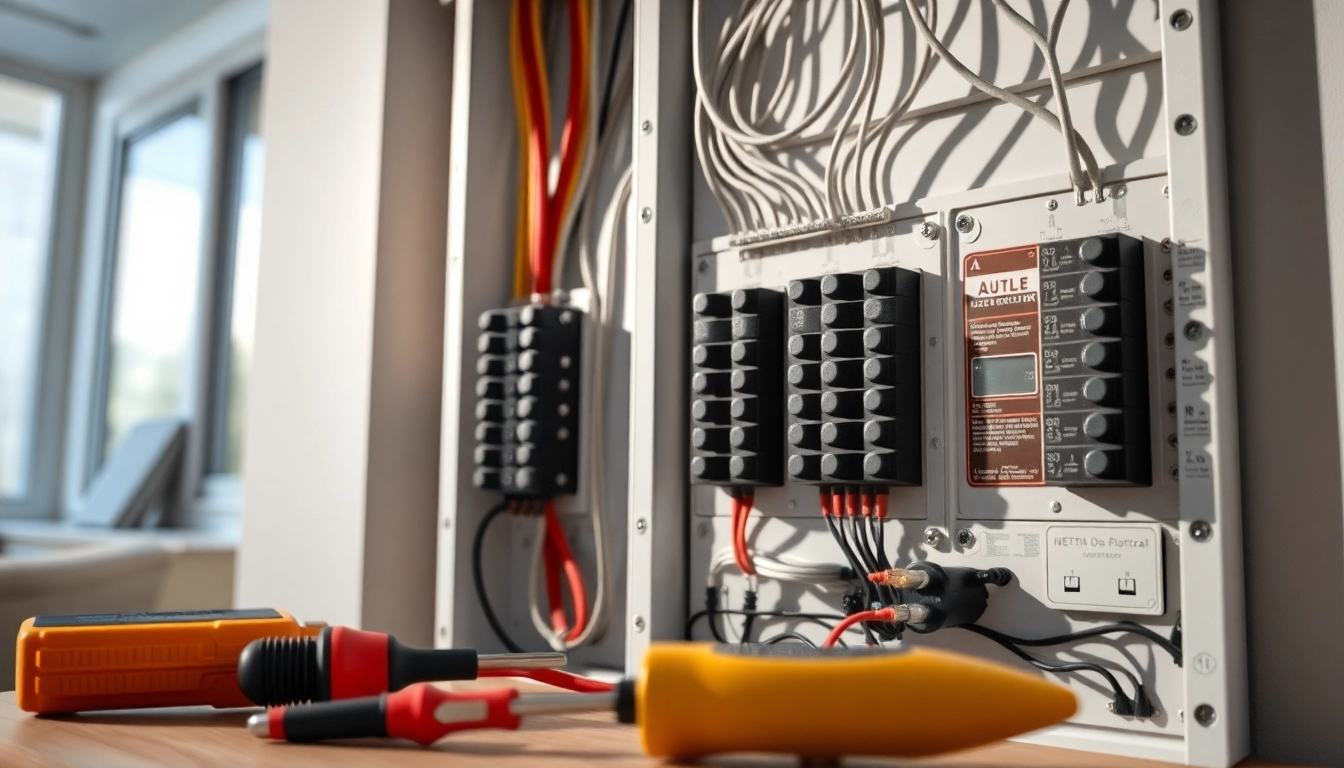



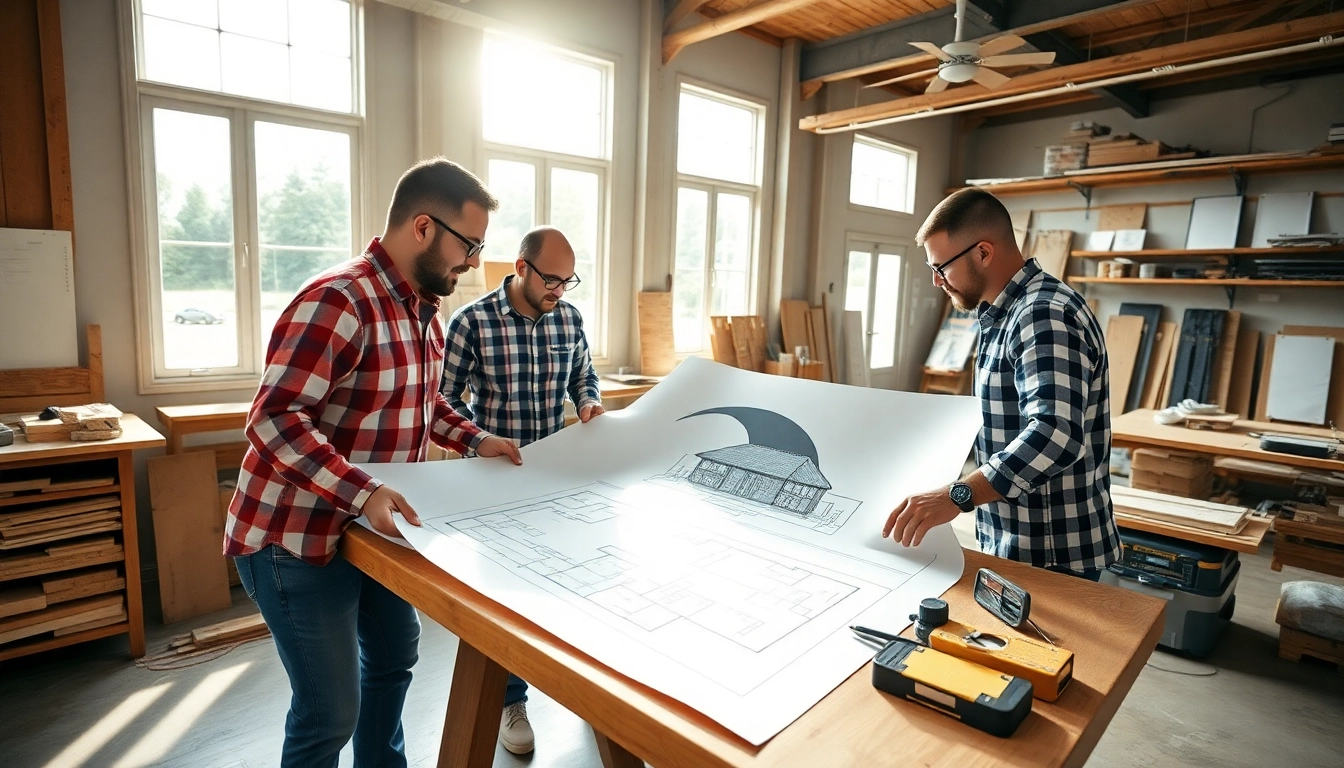

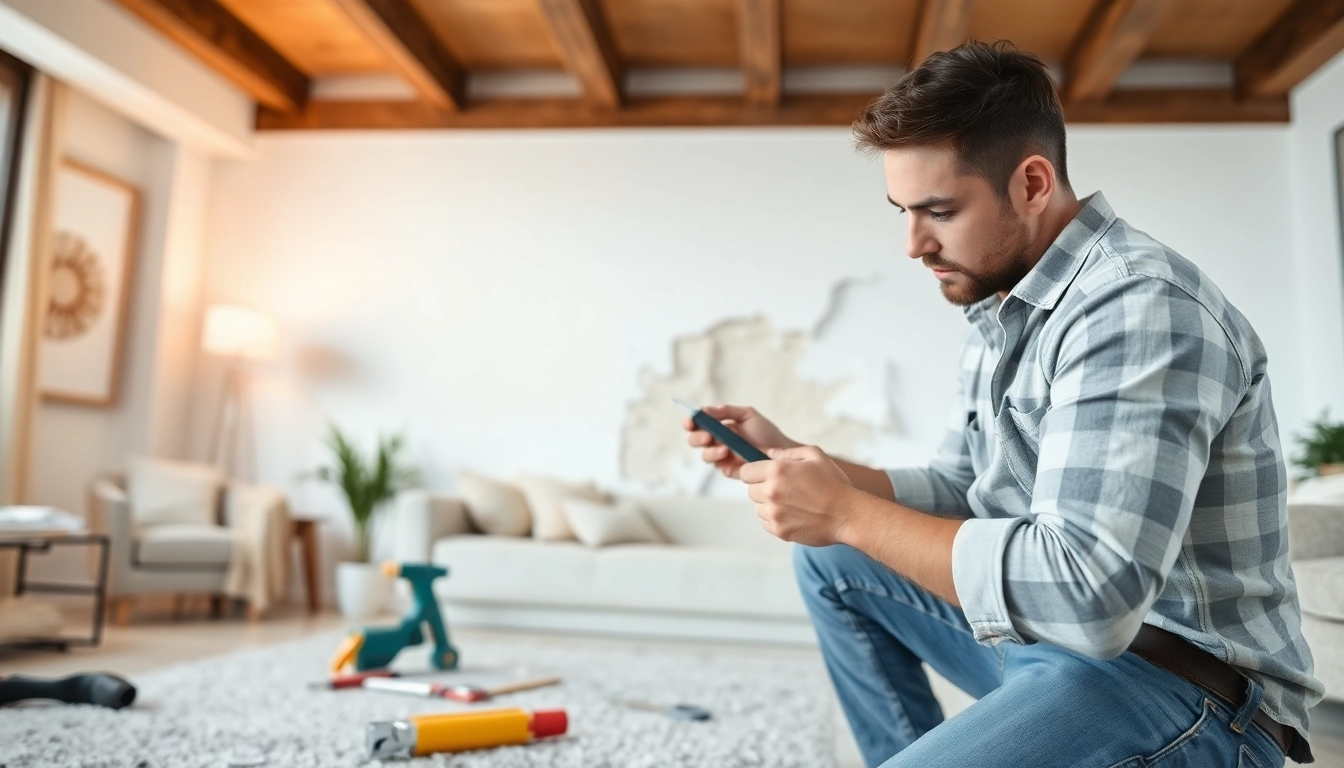





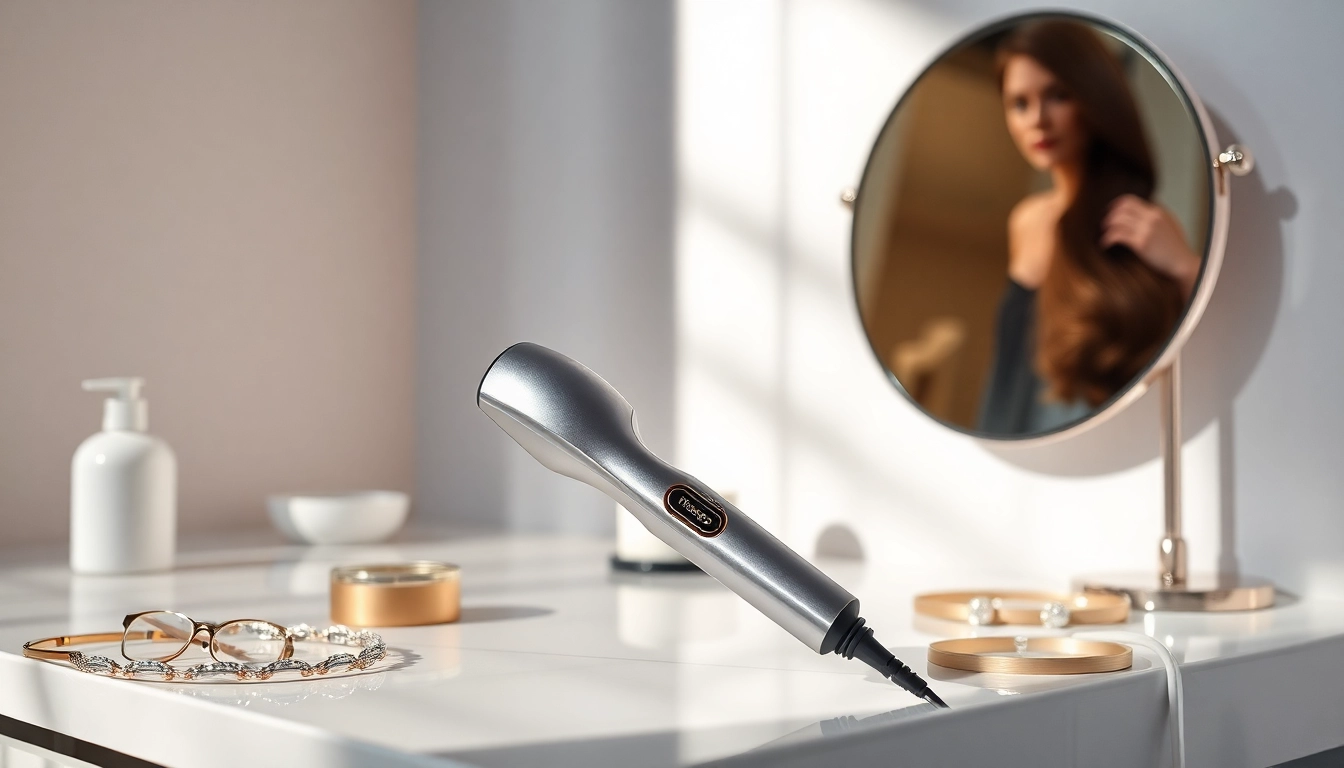

Leave a Reply